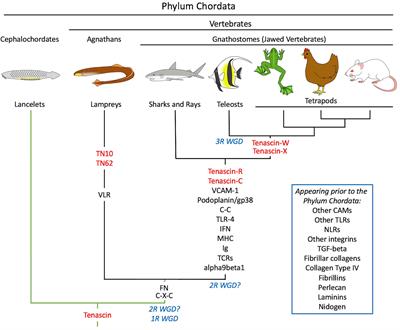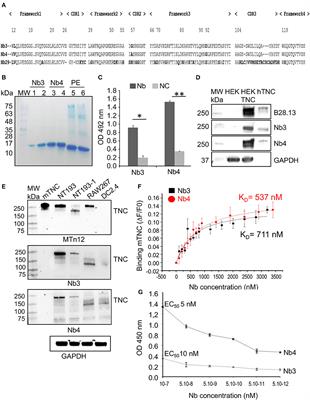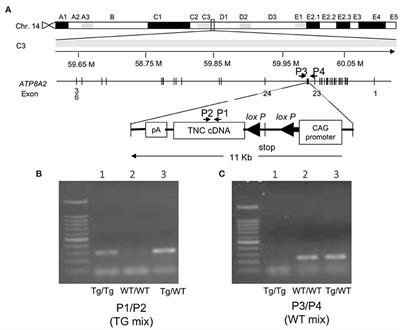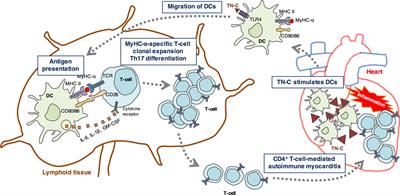EDITORIAL
Published on 12 Jan 2022
Editorial: Tenascins – Key Players in Tissue Homeostasis and Defense
doi 10.3389/fimmu.2021.834353
- 1,200 views
- 2 citations
41k
Total downloads
137k
Total views and downloads
EDITORIAL
Published on 12 Jan 2022
ORIGINAL RESEARCH
Published on 05 Jul 2021

ORIGINAL RESEARCH
Published on 13 May 2021

REVIEW
Published on 26 Apr 2021

MINI REVIEW
Published on 12 Apr 2021

MINI REVIEW
Published on 06 Apr 2021

CORRECTION
Published on 16 Mar 2021

ORIGINAL RESEARCH
Published on 15 Mar 2021

ORIGINAL RESEARCH
Published on 11 Mar 2021

ORIGINAL RESEARCH
Published on 08 Mar 2021

ORIGINAL RESEARCH
Published on 22 Feb 2021

MINI REVIEW
Published on 22 Feb 2021

